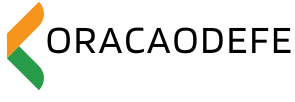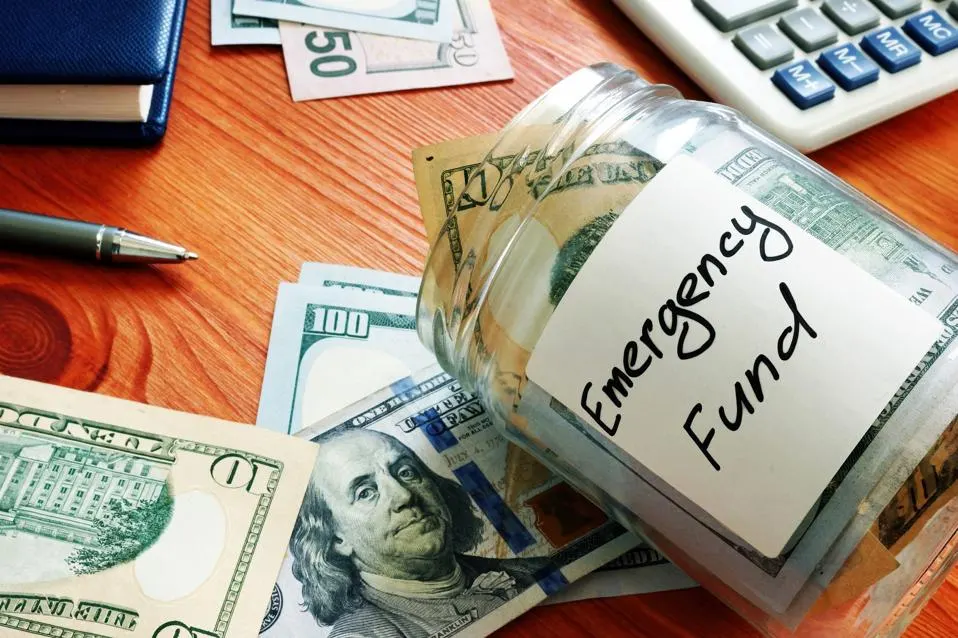Life is hard to plan for. One minute you’re doing well with your money, and the next thing you know, you have a sudden medical bill, car repair, job loss, or home problem. Life is full of shocks like these, which is why everyone and every family needs an emergency fund. When something unexpected happens in your life, an emergency fund is like a safety net for your money. It keeps you from going into debt or stressing out about money. It’s not just a good idea; it’s essential for keeping your money safe.
What Is an Upside Down Fund?
A fund set aside just in case of a disaster is called an emergency fund. It’s not money for a trip or to buy a new phone. This money is only for real situations, like sudden medical bills, losing your job, needing big car repairs, or needing urgent home repairs. It is important that the money is safe, easy to get to, and not in your regular bank account. When things go wrong in life, it gives you the confidence and freedom to handle them without letting your finances fall apart.
How much income should you set aside for bad times?
How much you need relies on how you live, who counts on you, how stable your pay is, and how much you spend each month. A good rule of thumb is to save enough money to cover your basic living costs for three to six months. This covers things like bills, food, insurance, rent or mortgage, and minimum loan payments. If you have a very safe job, three months might be enough. If your income changes often or you work for yourself, it might be smarter to wait six months or more. The first few thousand dollars, even if they’re only $500 to $1,000, can make a big difference.
Why having an emergency fund is a good idea
Having a fund for emergencies gives you peace of mind. You can sleep better at night knowing that you have money set aside for unplanned costs. In an emergency, it keeps you from using high-interest credit cards or cash loans, which saves you money in the long run. It also lets you make choices with more confidence, like quitting your job, starting your own business, or dealing with a medical emergency, without worrying about money. If you have a safety net, you’re more likely to stick to your long-term money goals.
Common Times When Emergency Funds Come In Handy
There are many kinds of emergencies. It could be losing your job, having to go to the hospital without warning, your pet needing surgery, or a broken item that needs to be replaced right away. Any of these cases could lead to debt or unstable finances if you don’t have a fund. If you lose your job or your budget doesn’t allow it, an emergency fund can help you out. It keeps you from freaking out and gives you time to think about how to handle the problem in a cool and sensible way.
The Best Places to Keep Your Emergency Fund
You should keep your emergency fund in a safe place that is easy to access and earns a little interest. It’s best to have a money market account or a high-yield savings account. These options are useful in a pinch, but not for regular use. Don’t put your emergency fund in investments or accounts that charge fees to take money out, like CDs or retirement accounts. The goal is not fast progress, but wealth and safety.
How to Begin Putting Together an Emergency Fund
Start with a small goal that you can reach. Save between $500 and $1,000 to begin. This can take care of small situations and keep small costs from turning into big money problems. Then, get going by setting savings goals every month. It makes a difference over time to give even $50 or $100 a month. You might want to put some of your tax refund, bonus, or gift money into your emergency fund. Some other ways to get extra money for emergency savings are to sell things you don’t use, cancel services, or eat out less for a while.
Make putting money into an emergency fund a habit
Follow through on your financial goals like you would with any other goal. Keep your emergency fund separate from your other money. Set up your bank account to automatically move money to your savings account when you get paid. You’ll pay yourself first, then spend your money on other things. The feeling of seeing your balance improve makes you want to keep going. Your emergency fund will eventually become a normal part of your spending and daily money habits.
If it’s not an emergency, don’t use it
Having emergency funds can make it hard to resist using them for non-emergencies. That last-minute trip over the weekend or that great deal at the store doesn’t count. To stay away from this urge, make it clear to yourself what an emergency really is. If you have an emergency fund, only use it when you need to, and put money back into it as soon as you can. This habit makes sure that your fund will be there when you need it most.
Build back up after using your emergency fund
Don’t worry if you ever need to use your emergency fund. That’s why it’s there. But it’s very important to start fixing it up right away. Get back into the habit of saving money and set short-term goals to get things back in balance. This should serve as a reminder of how important this fund is, and it should make you more determined to keep it up. Adding to your fund keeps your safety net strong and gets you ready for challenges in the future.
When You Should Check Your Emergency Fund Again
Your needs for an emergency fund may change as your life does. If your costs go up, like when you get married, have kids, or switch jobs, you should look at your fund again. You might need to raise your goal amount to reflect your new cash situation. A quick check-in every six months will make sure that your fund keeps up with your life and continues to meet your needs.
Your emergency fund is the only thing that can save your finances
One of the best ways to protect your financial future is to have a disaster fund. It keeps you out of debt, lowers your stress, and gives you the courage to handle the ups and downs of life. It takes hard work and time to build, but the reward is priceless. Set up an emergency fund as a must-have part of your financial plan. Start small and keep at it. It’s not enough to just be ready for the worst; you need to build a base for long-term financial and mental peace.

